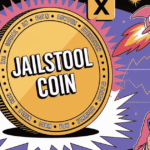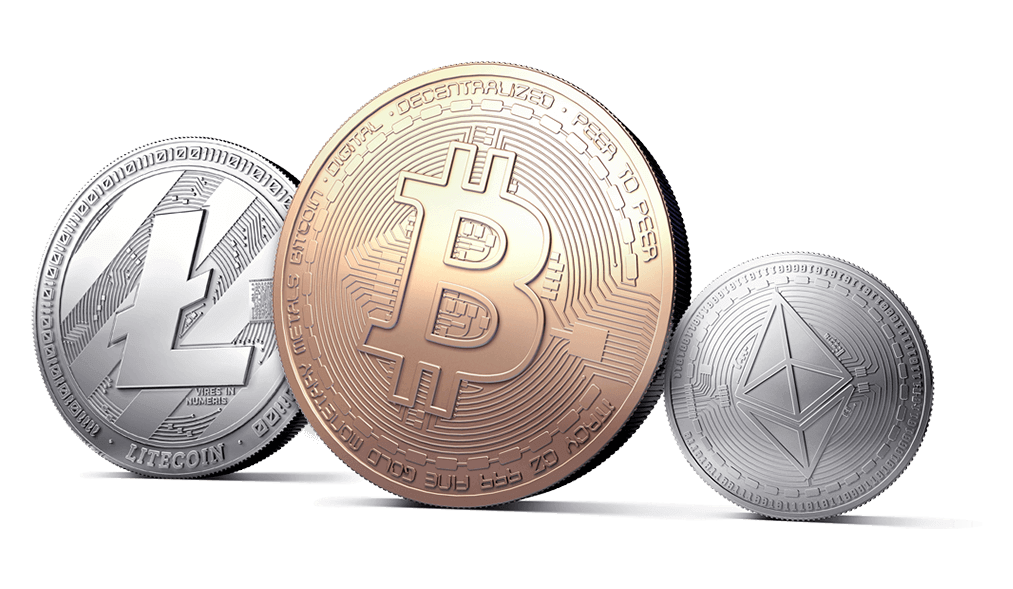XRP staking is becoming one of the most talked-about topics in the crypto world, especially among U.S. investors looking for reliable ways to grow their digital assets. In 2025, with staking options expanding across exchanges and decentralized platforms, users are eager to understand how to maximize their returns.
This guide, focused on XRP staking, will cover everything from trusted platforms to the latest earning methods. You’ll learn how to stake or lend XRP, explore key differences, and uncover new trends that might shape the future of Ripple staking and crypto income.
XRP staking has become a hot topic as more investors seek passive income opportunities. Although XRP is not proof of stake, users are still finding ways to benefit financially. Centralized platforms have introduced solutions like Ripple staking alternatives, while DeFi XRP earning options allow savvy users to tap into smart contract-based rewards.
With new developments around Wrapped XRP (wXRP) and the evolving XRP consensus mechanism, 2025 may bring even more chances to earn. In this guide, we’ll dive deep into the truth behind staking, dispel common myths, and help you find the best ways to earn XRP rewards today.
What is XRP Staking and Can You Stake It?
What is XRP staking is a common question for new investors and even seasoned crypto users. Staking generally means locking your crypto assets to support the operations of a blockchain network in exchange for rewards. But in the case of XRP, things work differently.
XRP is not a proof-of-stake coin like Ethereum or Cardano. Instead, it uses a unique consensus mechanism known as the Ripple Protocol Consensus Algorithm (RPCA). This system relies on a group of trusted validators of XRP rather than miners or staking nodes. Because of this, XRP does not support traditional staking.
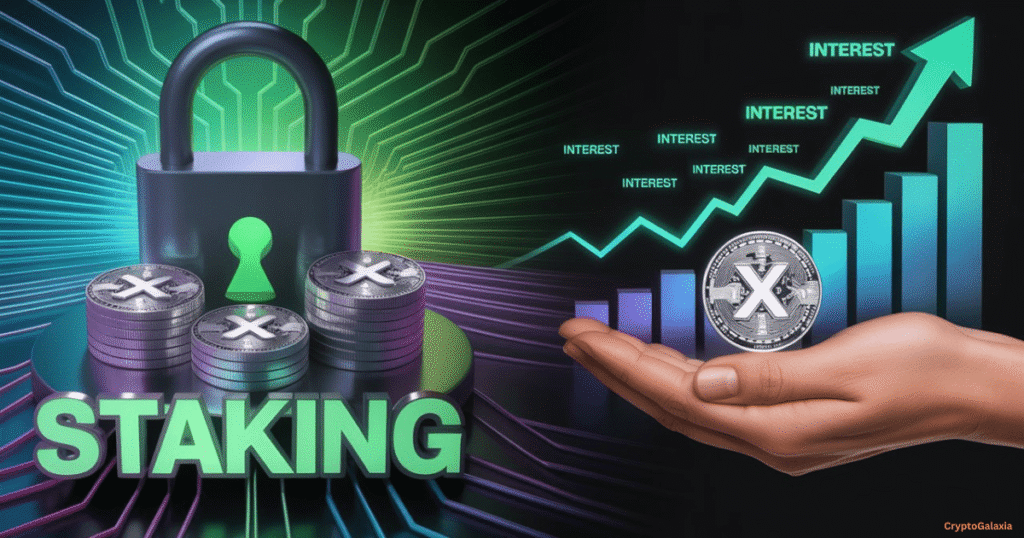
So, can you stake XRP? Technically, no, XRP is not proof of stake, and it does not require staking to maintain its network integrity. However, that doesn’t mean you can’t earn rewards with it. Many centralized and decentralized platforms have adapted to offer Ripple staking alternatives. These alternatives may not be true staking, but they allow you to earn XRP rewards by lending or depositing your XRP into special interest-bearing accounts.
Let’s take a deeper look at this idea. You may have heard about Binance XRP staking, Kraken XRP staking, or Bybit XRP staking, and while these terms are used widely, what’s actually happening is more like lending. These platforms pool XRP and use it in liquidity provisions or loan services, then pay users a share of the returns. That’s why it’s essential to understand the difference between staking and lending.
XRP Staking vs. XRP Lending: What’s the Difference?
Understanding the difference between XRP staking and lending is critical before putting your money on the line. In real staking, users lock their tokens on a proof-of-stake blockchain to secure the network and earn rewards. The tokens are usually locked for a fixed period and help validate transactions. This is possible with coins like Ethereum, Polkadot, and Solana.
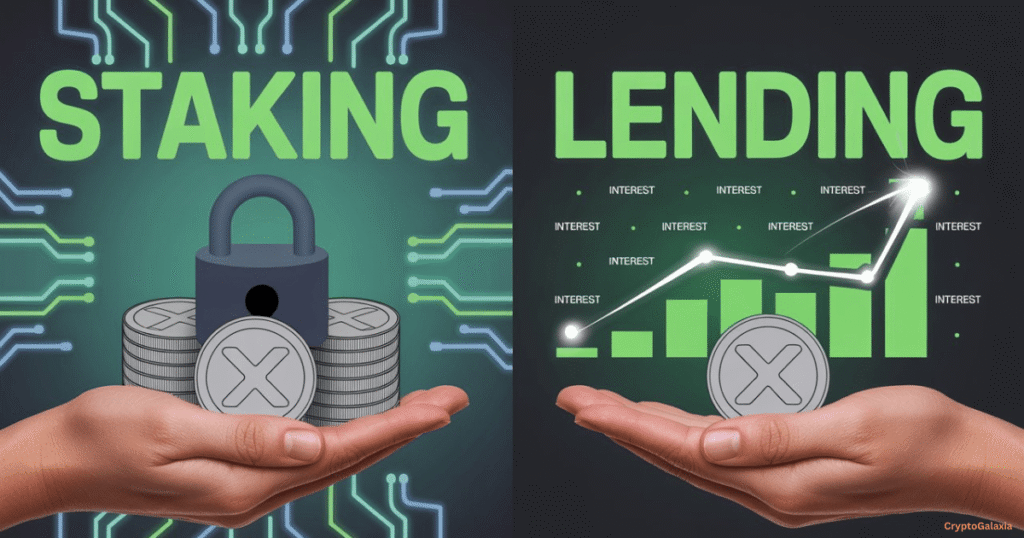
With XRP, traditional staking isn’t possible because of its consensus mechanism. Instead, platforms use a workaround through XRP lending. So, how does XRP lending work? It’s quite simple. You deposit your XRP into a platform like Nexo lending or YouHodler XRP, and they lend your tokens to borrowers. In return, you receive a share of the interest that the borrowers pay.
This method of earning crypto passive income can be attractive because it doesn’t require technical skills or staking infrastructure. However, there are risks of lending XRP, too. These include default risk (if a borrower doesn’t repay), platform risk (if the company goes bankrupt), and liquidity risk (if you can’t withdraw your funds instantly). Always review terms and conditions before using any platform.
Where to Stake or Lend XRP: Best Platforms Reviewed
If you’re ready to dive into earning rewards, you’ll need to choose from the best platforms to earn XRP rewards. Whether you’re interested in DeFi XRP earning or using a centralized platform, the options vary in terms of yield, risk, and user experience. Here’s a comparative table to help you decide where to lend or earn on your XRP.
| Platform | Type | Average APY (%) | XRP Support | U.S. Access | Security Rating | Lock-In Period |
| Nexo | Lending | 4% – 8% | Yes | Yes | High | Optional |
| YouHodler | Lending | 5% – 7% | Yes | Yes | Medium-High | Optional |
| Binance | Dual Investment | 2% – 10% | Yes | Limited | High | Varies |
| Kraken | Lending | 1.5% – 4% | Yes | Yes | High | Optional |
| Bybit | Lending | 3% – 5% | Yes | Yes | Medium | Optional |
Nexo
One of the top centralized platforms offering users the ability to earn interest on XRP. With rates up to 8%, it’s an easy and secure way to generate crypto passive income without needing technical know-how. Nexo also offers daily payouts and has a strong reputation in the lending space.
YouHodler
Another popular option for XRP holders. This platform lets you earn interest on XRP and other cryptos through lending mechanisms. It’s known for its transparent interest structure, with rates between 6 and 10% depending on the market. Many investors use YouHodler to earn stable returns on idle XRP assets.
Binance
The world’s largest crypto exchange has included XRP in its Simple Earn feature. While XRP isn’t staked in the traditional sense, users can subscribe to flexible or fixed-term products and earn yield. This method offers convenience and integrates well into user-friendly Binance apps.
Kraken
XRP staking doesn’t currently support direct staking of XRP because of its protocol limitations. However, Kraken users can still hold XRP in a secure wallet or use other supported assets for staking while monitoring XRP for future updates.
Bybit
XRP staking works similarly to Binance. It provides flexible savings accounts for XRP where users earn interest over time. Bybit is beginner-friendly and often runs promotions with boosted APYs, making it a useful option for those just getting started with XRP rewards.
These platforms represent some of the best exchanges for XRP staking alternatives and help users find paths to consistent returns, even though XRP is not proof of stake.
How to Stake XRP (or Lend) in 2025 – Step-by-Step Guide
If you want to know how to stake XRP in 2025, follow this simple guide. Let’s use Nexo as an example:
- Create an account on Nexo and complete the verification process. This includes submitting your ID for KYC compliance.
- Transfer your XRP to your Nexo wallet.
- Go to the Earn section, choose XRP, and select your earning terms (flexible or fixed).
- Confirm the transaction and watch your XRP rewards grow.
Platforms like YouHodler XRP work similarly. You deposit your XRP and choose a yield program. Some platforms offer daily payouts, while others reward weekly. The interest rates XRP vary, so it’s wise to check rates regularly. If you’re more experienced, Wrapped XRP staking might also be an option for use on DeFi XRP earning platforms.

Many users also explore XRP staking on Bybit and XRP staking on Kraken. These platforms often list XRP in their staking sections, but always read the details—it’s typically lending. Still, it’s a good way to earn passive income with XRP in 2025.
Alternative Ways to Earn Passive Income With XRP
There’s more to XRP than just lending. Some users turn to DeFi XRP earning options through decentralized apps (dApps) that offer staking-like features. This includes using Wrapped XRP (wXRP) on platforms like Uniswap or PancakeSwap. Here, users can provide XRP liquidity provision to liquidity pools and earn fees.
Another growing trend is XRP yield farming guide strategies, which involve providing liquidity and farming new tokens as rewards. Though more complex and riskier, yield farming can provide higher returns. For example, you can bridge XRP to wXRP, deposit it into a liquidity pool XRP, and receive a governance token in return, which can be traded for profits.
Keep in mind, while crypto passive income is attractive, these DeFi methods require more technical knowledge and come with smart contract risks. However, they allow you to diversify and take advantage of unique opportunities beyond centralized platforms.
Best Practices for Earning Rewards With XRP
Following best practices for XRP rewards will help you earn consistently and safely. First, diversify your holdings. Don’t keep all your XRP in one place or on one platform. Use a mix of centralized platforms like Nexo and DeFi protocols to spread your risk.
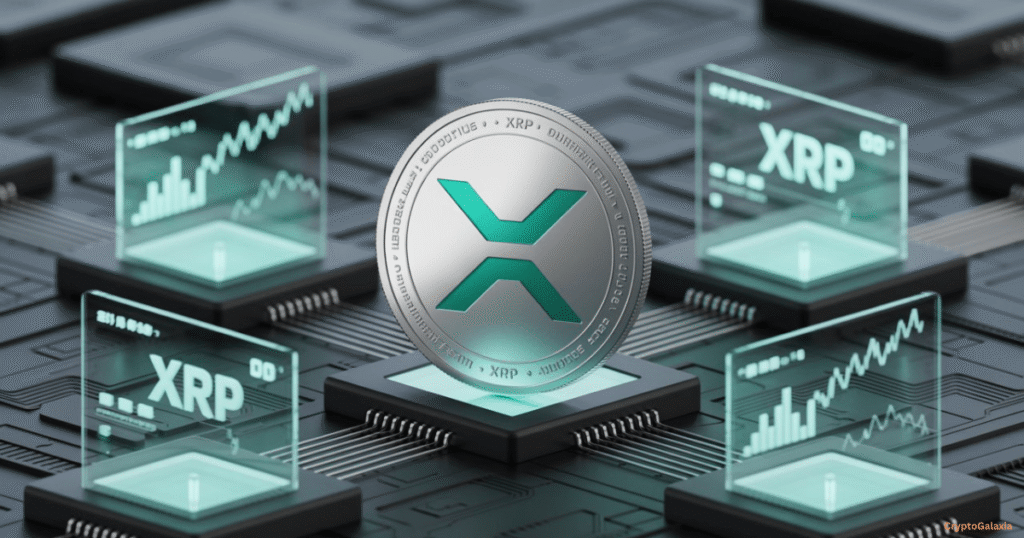
Second, keep a close eye on interest rates XRP. These can change weekly depending on platform liquidity and market trends. Reinvest your rewards to benefit from compounding. Use tools like calculators or spreadsheets to track your performance. And always enable security features like two-factor authentication on every platform you use.
The Future of XRP Staking – Will Ripple Introduce Native Staking?
The future of XRP staking is still uncertain, but it’s an exciting topic. Ripple has not announced plans to shift to a proof-of-stake model. Since XRP uses the XRP consensus mechanism, a change would mean a massive update to its structure.
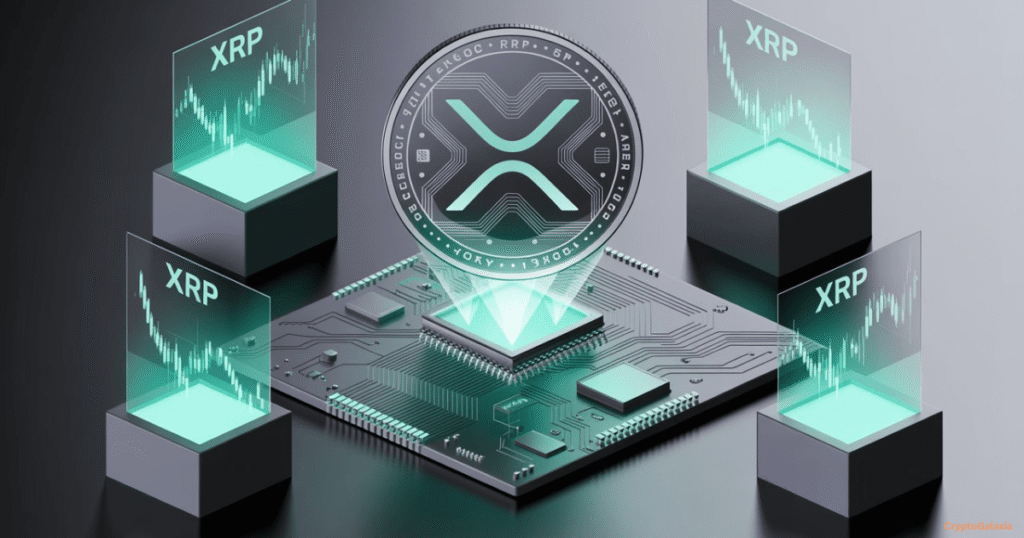
However, Ripple may collaborate with crypto staking platforms to offer products that simulate staking, such as fixed-term lending with variable returns or partnerships with platforms for Wrapped XRP staking. Some in the community speculate that future updates to the XRP Ledger (XRPL) could enable smart contracts that may support new staking-like features.
Common Misconceptions About XRP Staking
One common myth is that XRP staking on Kraken or XRP staking on Bybit is the same as staking on Ethereum. But as explained, XRP doesn’t work like other proof-of-stake coins. It doesn’t need staking to validate transactions, so any “staking” you see is just lending with interest rewards.
Another misconception is that Ripple staking will offer high, guaranteed rewards. The reality is that all investments carry risk, and reward rates depend on demand, liquidity, and platform policies. Knowing why XRP doesn’t support traditional staking helps investors make smarter choices.
XRP Reward Platforms Comparison Table
| Platform | Real Staking | Lending Model | DeFi Support | APY Range | Lock Period | US Access |
| Nexo | No | Yes | No | 4% – 8% | Optional | Yes |
| YouHodler | No | Yes | No | 5% – 7% | Optional | Yes |
| Binance | No | Yes | Yes (Dual Investment) | 2% – 10% | Varies | Limited |
| Kraken | No | Yes | No | 1.5% – 4% | Optional | Yes |
| Bybit | No | Yes | Yes | 3% – 5% | Optional | Yes |
These platforms allow you to earn rewards without needing to understand blockchain mechanics. Choose the one that matches your goals.
Final Thoughts: Should You Stake, Lend, or Hold Your XRP?
Deciding whether to stake, lend, or hold your XRP depends on your personal goals and risk tolerance. If you’re risk-averse and prefer predictable returns, lending through platforms like Nexo or YouHodler may be best. If you’re more adventurous, exploring DeFi XRP earning through Wrapped XRP staking or liquidity pools, XRP may offer better yields.
For those just starting, holding XRP and waiting for new developments in the XRP consensus mechanism might be the smartest move. As the ecosystem evolves, new opportunities will arise. Always stay informed and never invest more than you can afford to lose. This way, you can maximize your XRP investment and build long-term crypto passive income that suits your financial goals.
FAQs
Will XRP be able to be staked?
XRP doesn’t support traditional staking due to its consensus model, but you can earn rewards through lending or using wrapped XRP.
What is the best wallet for XRP staking?
There’s no direct staking wallet, but for lending or DeFi use, wallets like Xumm, MetaMask (for wXRP), and Ledger are popular.
How can XRP reach $10,000?
It’s highly unlikely without massive global adoption and extreme reduction in circulating supply.
Can I stake XRP on Flare?
Flare enables smart contracts for XRP-related assets but not direct staking of XRP itself.
Who offers XRP staking?
Platforms like Nexo, YouHodler, and some exchanges offer XRP lending for rewards, often referred to as staking.
How high can XRP realistically go?
Analysts suggest XRP could reach between $5 to $10 if Ripple wins regulatory clarity and adoption increases.
Can XRP hit $100 dollars?
It’s highly improbable without drastic changes in tokenomics and utility.
Can Pepe reach 1 cent?
Due to its massive supply, Pepe reaching $0.01 would require an unrealistic market cap.
Can XRP hit $1000 in 2025?
No, it’s extremely unlikely based on current market data and total supply.
Could XRP reach $20?
It’s possible long-term with massive adoption, but still optimistic for the near future.
Can Bitcoin hit 1 million?
Some experts believe it’s possible over the next decade, but not guaranteed.
How much XRP do I need to be a millionaire?
At $10 per XRP, you’d need 100,000 XRP; at $100, just 10,000 XRP.


